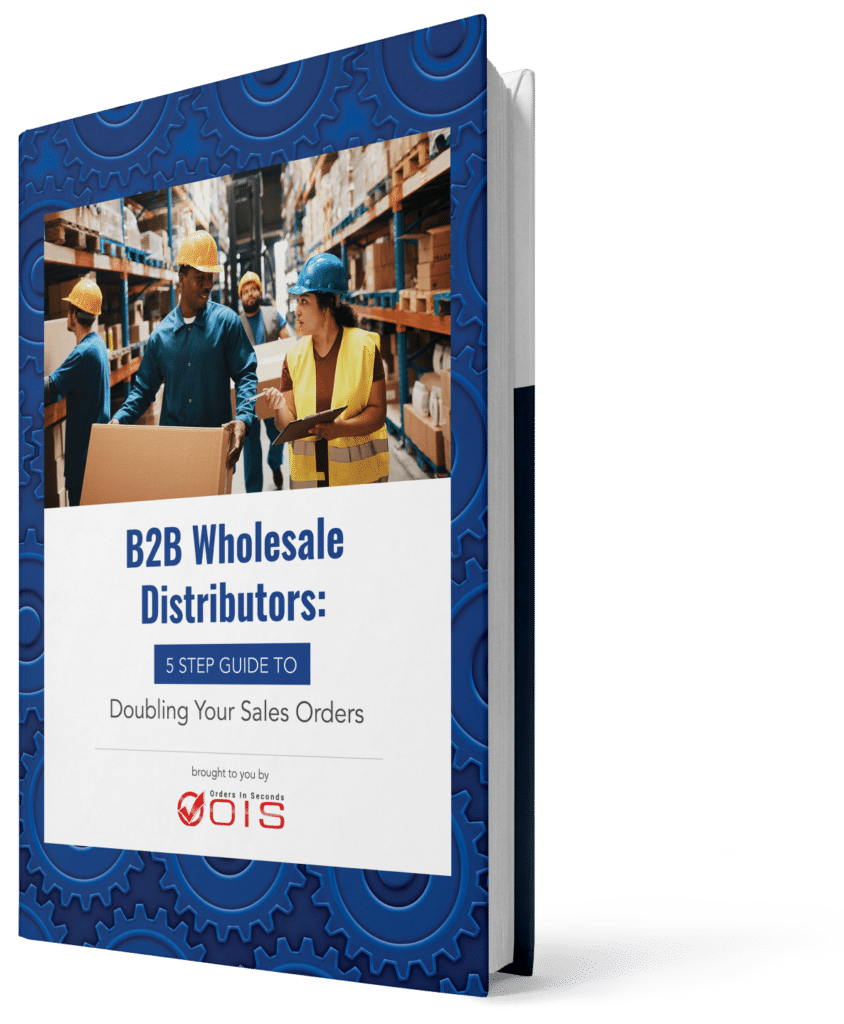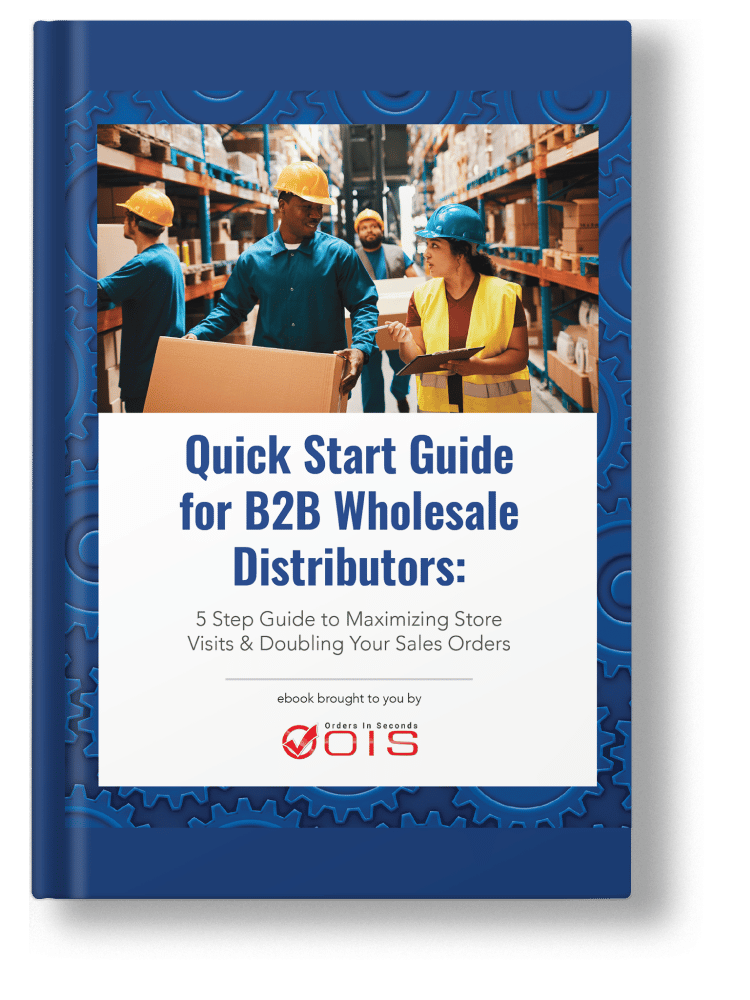In the bustling world of commerce, the journey of products from manufacturers to consumers is a complex labyrinth. Key players in this process are wholesalers and distributors, who play pivotal roles in ensuring the smooth flow of goods. But what precisely do these roles entail, and why is understanding the “wholesaler vs distributor” concept crucial for businesses? Let’s unravel these questions.
3 Key Differences
Wholesalers purchase products in bulk and resell them to retailers, while distributors facilitate market expansion and manage logistics.
Factors to consider when choosing between wholesalers/distributors include product offering & scalability, industry expertise, pricing strategies & profit margins, customer satisfaction & reliability.
Successful partnerships can lead to increased purchasing influence and wider product selection. Case studies illustrate success stories of niche market leaders as well as companies expanding into new territories.
Table of Contents
- Understanding Wholesaler vs Distributor Roles
- Comparing Wholesaler and Distributor Business Models
- Factors to Consider When Choosing Between Wholesalers and Distributors
- Navigating the Complexities of Supply Chain Relationships
- Case Studies: Successful Wholesaler and Distributor Partnerships
- Summary
- Frequently Asked Questions
- Navigating Wholesale Dynamics with Orders in Seconds
Understanding Wholesaler vs Distributor Roles
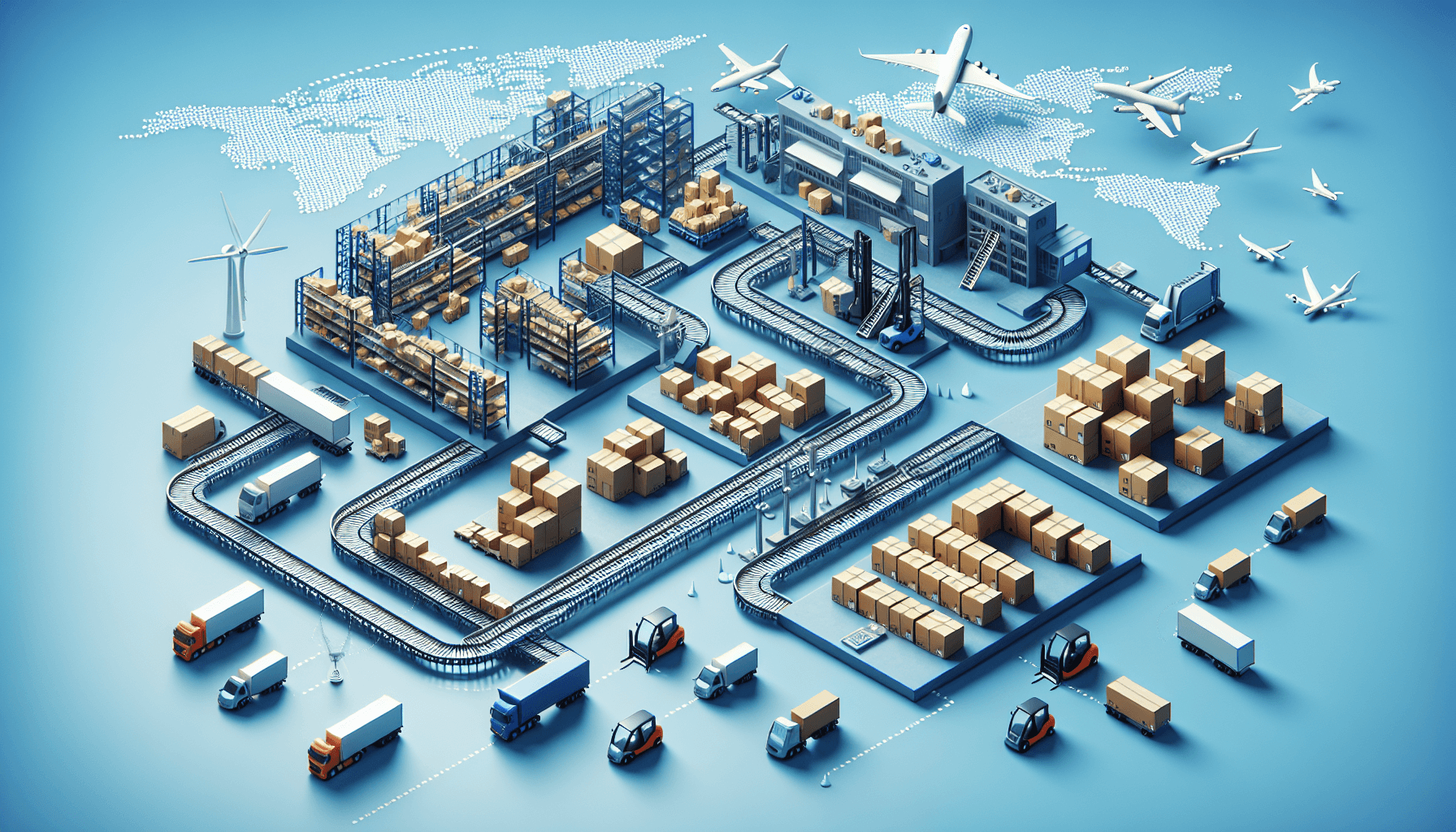
Wholesalers and distributors form the critical links in the expansive ecosystem of commerce, linking manufacturers to retailers.
Wholesalers typically procure products in bulk from manufacturers or distributors and subsequently resell these items to retailers or other businesses. They are the intermediaries that ensure retailers have a steady supply of merchandise for consumers.
Conversely, distributors serve as catalysts for market expansion and manage logistics. They collaborate with manufacturers, extending their market reach, and mitigate inventory-related risks. Distributors’ roles include:
- Serving as intermediaries between manufacturers and wholesalers
- Managing the transportation and storage of goods
- Providing market insights and feedback to manufacturers
- Building relationships with wholesalers and retailers
- Ensuring a smooth supply chain process
Distributors are essential for maintaining a smooth supply chain process, as distributors sell products to retailers and other businesses.
To grasp the distinctions between wholesalers and distributors; the following diagram offers a simplified view of how the supply chain operates and the process flows. While it simplifies the process, the diagram helps in visualizing the key components of a standard supply chain and their interconnected relationships.
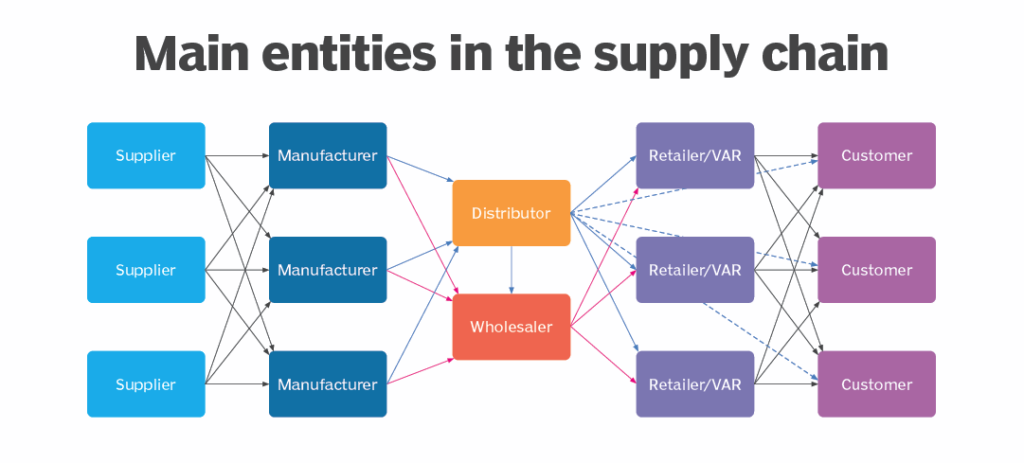
Wholesalers: Bulk Buyers and Sellers
Wholesalers function primarily as bulk purchasers and vendors, ensuring that wholesalers purchase products in large quantities from manufacturers or distributors. They then engage in wholesalers sell activities, vending these products to retailers or other businesses, ensuring a steady supply for their retail clients to successfully engage in retailers sell activities.
Furthermore, wholesalers often specialize in specific product categories, including those made from raw materials, and focus on selling products such as:
- seasonal decorations
- jewelry
- books
- specific features like vegan products
This specialization enables them to cater to niche markets and create a competitive advantage in the wholesale marketplace.
Distributors: Expanding Markets and Managing Logistics
While the main focus of wholesalers is buying and selling in bulk, distributors shoulder additional responsibilities. They work closely with manufacturers to implement marketing and sales strategies for product promotion. A growing trend sees distributors selling directly to retailers, eliminating intermediaries and potentially resulting in lower retail prices. In this way, retailers sell products directly to the end consumers, ensuring a seamless shopping experience.
Moreover, distributors play a crucial role in the management of logistics within the supply chain. They mitigate inventory risks and ensure the efficient movement of products through the distribution channel to reach the appropriate customers in a timely manner.
You can boost your distribution game with our Free ebook on doubling sales in 5 steps—your guide to smoother shopping experiences and efficient logistics. Download it below.
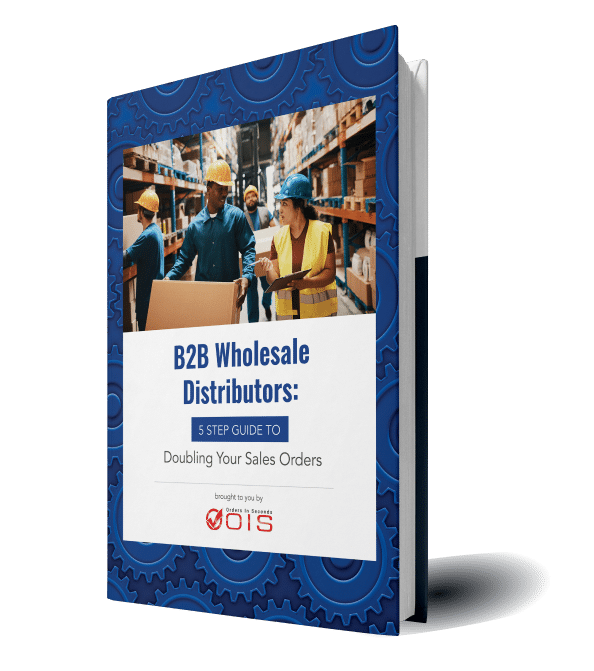
Double Your Sales Orders in 5 Steps
This exclusive eBook is packed with real-world, data-driven concepts that can help maximize your store visits and double your sales. Get it for FREE – Today!
Comparing Wholesaler and Distributor Business Models

Having familiarized ourselves with the basic roles of wholesalers and distributors, it’s time to examine their business models more closely. The customer base for wholesalers usually comprises retailers, other businesses, and manufacturers who buy in large quantities for resale or internal use. Distributors, however, cater to a more diverse customer base, including wholesale clients, OEMs, and individuals or businesses seeking bulk purchases. In both cases, the business model plays a crucial role in determining the success of their operations.
In terms of pricing, wholesalers often follow a simple strategy, doubling the cost of goods to ensure a minimum profit margin of 50%, while still keeping the wholesale price lower than retail. Distributors, on the other hand, utilize various strategies with a focus on maximizing profitability and maintaining competitiveness.
As previously discussed, the customer bases and market reaches of wholesalers and distributors vary significantly. Wholesalers generally serve retailers, other enterprises, and occasionally distributors and manufacturers. They enhance their market reach by offering attractive deals, investing in efficient delivery systems, and delivering exceptional customer service.
Distributors, on the other hand, use segmentation and targeted marketing to address specific customer needs. They facilitate introductions between manufacturers and potential customers and arrange partnership meetings to enter new markets.
The pricing strategies of wholesalers and distributors also vary significantly. Wholesalers implement strategies like cost-plus pricing, demand pricing, and competitive pricing. The act of bulk purchasing influences these strategies as it allows them to lower their cost per unit, enabling them to offer reduced prices due to economies of scale.
Distributors take into account variables such as product cost, competition, and value proposition when formulating their pricing strategies. The inclusion of value-added services is instrumental in shaping these strategies, as they enable distributors to distinguish themselves from competitors and rationalize premium pricing.
Both wholesalers and distributors regard inventory management as a crucial aspect of their operations. Wholesalers employ various techniques such as tracking historical and current inventory data, implementing just-in-time (JIT) inventory management, and handling reordering and fulfillment management.
Distributors, on the other hand, focus on:
- Team engagement for system development
- Analyzing historical sales data to understand trends
- Utilizing techniques such as First-In, First-Out (FIFO) and ABC Analysis.
Inventory management is a critical aspect for wholesalers and distributors, and it’s an area where many mistakes are made. For insights on avoiding the top 5 mistakes in this field and more, check out our free ebook below.
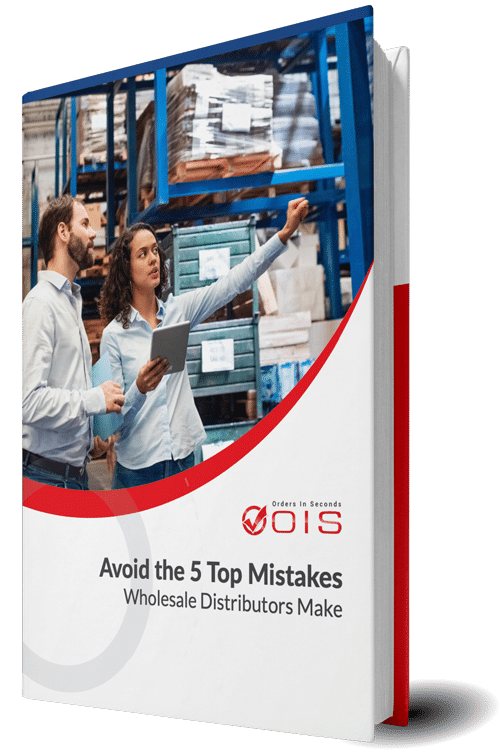
Avoid the Top 5 Mistakes Wholesale Distributors Make
Factors to Consider When Choosing Between Wholesalers and Distributors

Several factors should be taken into account when businesses are deciding between wholesalers and distributors. These include:
- Product offering and scalability
- Industry expertise
- Availability and accessibility of the products
- Price range
- Customer satisfaction
- Reliability and reputation
Additionally, the influence of geographic coverage is significant. Distributors often operate within specific regions, providing valuable local expertise for targeting customers in those areas. On the other hand, wholesalers may offer broader coverage, which can be advantageous for accessing a wider market.
Assessing the product range and specialization of potential partners is crucial. Wholesalers often focus on specific categories of products, whereas distributors may specialize in distributing a particular brand or line of products.
To evaluate the product range and specialization, businesses can analyze the product portfolio, assess the presence in local shops, and research manufacturers or suppliers of potential wholesalers and distributors to effectively sell products.
Geographic coverage and market penetration also play a significant role in the selection process. Wholesalers focus on serving retailers by providing a wide range of products for store inventories. On the other hand, distributors represent manufacturers and supply products to various customers, including selective distributors and retailers who align with specific market or branding criteria.
Wholesalers and distributors improve market penetration by implementing various strategies, including:
- Collaborating with other wholesalers or distributors to enhance marketing efforts
- Reducing prices
- Acquiring competitors
- Entering new markets
- Introducing new products
- Updating marketing strategies
- Expanding their customer bases to boost revenue and opportunities.
Experience and reputation rank high in the list of factors to consider when choosing between wholesalers and distributors. An experienced partner can anticipate market trends and customer needs, and potentially offer better pricing and product availability.
Moreover, a robust reputation fosters trust, attracts new customers, fortifies existing relationships, and can result in additional business opportunities. Companies can evaluate a distributor or wholesaler’s reputation by examining industry reviews, testimonials, case studies, track records, partnerships, and the number of clients they serve.
Navigating the Complexities of Supply Chain Relationships
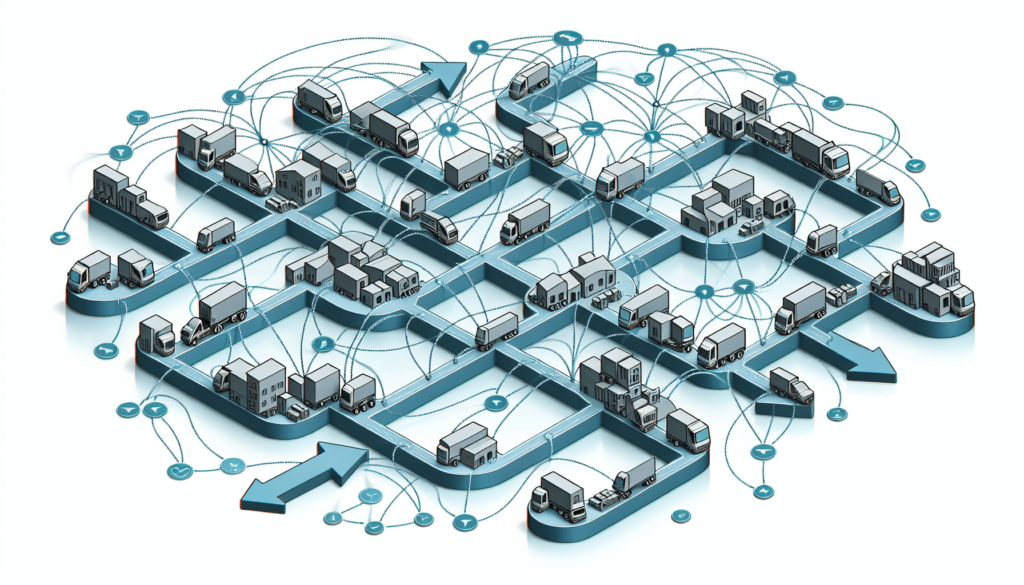
After selecting their partners, businesses must then navigate the intricate web of supply chain relationships. A strategic business relationship, characterized by a long-term partnership between a manufacturer and a distributor, leads to the expansion of new markets and enhancement of product lines.
However, these relationships come with their own set of challenges, including:
- Globalization
- Organizational complexity
- Demand forecasting complexity
- Meeting customer accommodation
- Lack of integration and coordination
- Adapting to consumer expectations and market changes
Under certain circumstances, wholesalers and distributors may find their roles overlapping, leading to both parties performing similar functions. This convergence is often observed in segmented markets, scenarios where both entities maintain relationships in both the upstream and downstream segments, and instances of channel conflict.
To manage these overlapping roles, businesses should:
- Clearly define roles and responsibilities
- Align strategic goals
- Offer specialized expertise
- Implement strategic purchasing approaches to differentiate their operations and uphold efficiency.
The structures of supply chains are dynamic; they adapt and evolve in response to market trends, technological advancements, among other factors. These changes necessitate wholesalers and distributors to demonstrate greater agility, reliance on data, and responsiveness to market dynamics in their supply chain management.
In order to adjust to evolving supply chain structures, wholesalers and distributors can:
- Engage in partnerships
- Acknowledge consumer demands
- Consistently modify the supply chain
- Enhance resilience
- Adopt an agile approach to transformation.

After discussing the theoretical aspects of wholesalers and distributors, it’s time to venture into the realm of practical application. Numerous case studies exemplify successful wholesaler and distributor partnerships, which result in advantages such as:
- Enhanced purchasing influence
- A broader array of products
- Reduced costs
- The establishment of strong connections within the wholesale distribution network.
Despite the challenges faced by brick and mortar stores, including supply chain uncertainties, inventory issues, competition from e-commerce, and communication errors, these partnerships have been successful in implementing efficient solutions for order capture and delivery, addressing online sales competition, managing inventory, and managing slim profit margins against rising IT costs.
Wholesalers have demonstrated significant success in carving out leadership positions in niche markets. They achieve this by:
- Gaining a comprehensive understanding of their target audience
- Utilizing social media marketing
- Engaging in trade shows
- Concentrating on specific industry sectors or product categories.
Wholesalers have also established strong relationships with retailers by:
- Delivering exceptional customer service and support
- Cultivating trust through consistent reliability
- Providing competitive pricing and favorable terms
- Collaborating on inventory management
- Maintaining effective communication
- Forging enduring partnerships
Distributors that have had their fair share of success include:
- Scrubblade Inc.
- The Good Scoop
- SmartyPits
- MyFBAPrep
- Roccbox
- Natural Baby Shower
These distributors have effectively expanded their operations, resulting in substantial revenue growth in new markets.
These distributors support businesses in expanding into new territories by:
- Securing exclusive territories
- Making products widely available
- Enhancing brand awareness
- Determining sale prices and terms within these markets
This leads to increased productivity.
In conclusion, wholesalers and distributors play pivotal roles in the supply chain, with their unique responsibilities and approaches contributing to the efficient flow of goods from manufacturers to consumers. Understanding these roles and their underlying dynamics can help businesses forge successful partnerships and navigate the complexities of supply chain relationships. Whether you’re a manufacturer, retailer, or another stakeholder in the supply chain, this understanding can lead to better decision-making and ultimately, business success.
Frequently Asked Questions
A distributor is focused on promoting products of a manufacturer to wholesalers whereas a wholesaler focuses on buying products in bulk from distributors and selling them at a discounted rate to retailers.
What is the difference between a wholesaler and a retailer?
The main difference between wholesalers and retailers is who they sell to. Wholesalers sell products in bulk to other businesses, while retailers sell directly to the consumer at retail prices.
Why do distributors sell things wholesale?
Distributors sell things wholesale in order to work more closely with a manufacturer, reduce operating costs for both the manufacturer and the retailer and buy products in bulk at a discount. This simplifies operations for both and allows for a larger volume of products sold.
What is the primary role of wholesalers in the supply chain?
Wholesalers act as a link between manufacturers and retailers, buying products in bulk from the former to supply them to the latter.
How do distributors assist manufacturers in expanding their market reach?
Distributors collaborate with manufacturers to develop and implement marketing and sales strategies, enabling them to extend their market reach.
Navigating Wholesale Dynamics with Orders in Seconds
Discover a smoother path in wholesale distribution with Orders in Seconds. Our OIS Pro App simplifies order management for field sales reps, while our OIS eCommerce App ensures a platform that sells 24/7. We’re about addressing the real challenges distributors face, providing tailored solutions that enhance efficiency and adapt to the ever-evolving industry landscape. For a practical solution to streamline your wholesale operations, explore what Orders in Seconds offers by scheduling a demo today.
Experience firsthand how our innovative apps can transform the way you do business, making it more efficient and effective for the unique needs of wholesale distribution.
Whole Sales
Whole sales refer to the sale of goods in large quantities, typically to retailers or other businesses for resale. Wholesalers purchase products directly from manufacturers at a discounted price and then resell them to retailers at a higher price, allowing them to make a profit.
Distributor Examples
- Sysco: A major foodservice distributor supplying restaurants, hospitals, and schools.
- Grainger: A leading distributor of industrial supplies and equipment.
- Amazon Business: A platform connecting businesses with a wide range of suppliers.
- Tech Data: A global distributor of IT products and services.
Distributor vs Vendor
- Vendor: A general term for any seller of goods or services. It can include manufacturers, wholesalers, and retailers.
- Distributor: A specific type of vendor that buys products in bulk from manufacturers and resells them to other businesses. Distributors often have exclusive rights to sell certain products within a specific region.
How to Become a Wholesale Distributor
- Identify a Niche: Choose a specific product category or industry to focus on.
- Develop a Business Plan: Outline your business strategy, including target market, financial projections, and marketing plan.
- Secure Funding: Obtain necessary capital to start and operate your business.
- Establish Relationships with Suppliers: Build strong relationships with manufacturers and secure product lines.
- Develop a Sales and Marketing Strategy: Identify potential customers and implement effective sales and marketing campaigns.
- Build a Strong Customer Base: Focus on providing excellent customer service and building long-term relationships with clients.
- Manage Inventory and Logistics: Efficiently manage inventory levels and ensure timely delivery of products to customers.
Manufacturing vs Wholesale
- Manufacturing: The process of converting raw materials into finished goods. Manufacturers create products.
- Wholesale: The business of buying goods in bulk from manufacturers and reselling them to retailers. Wholesalers distribute products.
Retail Price
The retail price is the price at which goods are sold to the final consumer. It is typically higher than the wholesale price to allow retailers to make a profit.
Direct Relationship
A direct relationship refers to a business relationship between two parties without any intermediaries. For example, a manufacturer may have a direct relationship with a retailer, selling products directly without going through a wholesaler.
International Distribution
International distribution involves the distribution of goods across international borders. It requires navigating complex logistics, customs regulations, and international trade agreements.



